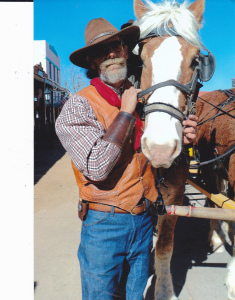You wrote the 50,000 words for Nanowrimo 2014 and got the tee-shirt. Hooray! But now you’re staring at a hot mess. Do you trash the whole novel or do you try to make sense of it?
Writing Tip for Today: Here are some tips to help you begin to fix the first chaotic draft:
Employ the Three Rs
Instead of reading, writing and arithmetic, a first draft needs these three Rs: Rest, Read-through and Remarks.
Rest
The rest period for a newly drafted novel should be at least two weeks to a month. An old writing saying goes, “Write in a white-hot heat but revise at leisure.” During this rest period, you start your next work. The novel can gestate while you write a different hot messy draft. By forging ahead with another novel (or short story, essay or poem) you can prevent over thinking the current draft or revising too little or too much too soon. Resting your draft encourages more objectivity, and a deeper understanding of your story and characters.
Read-through
At the end of the rest period, read your draft straight through. I suggest either printing out a copy or else uploading your file onto your eReader. Sit down and read your story the way you would read for pleasure. This isn’t as easy as you’d think—the urge to edit can be strong. Resist this initial urge to fix things—especially those “little” things such as typos, grammar or usage errors. By delaying the editing, you won’t get entangled in the swamp that might detour your goal: to read the entire story and appreciate the novel as a whole, the way your readers would.
Remarks
Reading through your draft, you’re almost certain to note trouble spots, plot holes and other structural issues in addition to the copy-edit concerns. As you sit down with your draft, keep a notebook, post-it notes or some other means of flagging areas you identify as needing editing attention. Be sure to reference the Chapter and page number in your note. I like to also write a brief description of what needs to change, such as “needs more tension,” or “intro the subplot sooner,” or pose questions: “What does my character feel in this scene?”
Obviously, this is only the beginning for your novel’s revisions. But by providing a solid foundation for self-editing, the actual rewriting should appear more straightforward. The Three Rs will help you identify scenes where later on you will rewrite, move or eliminate text. You’ll also be more apt to see where you’re in over your head concerning structure, pace and other issues. During Nanowrimo, you practiced the discipline of finishing a 50,000 word draft. Now you can use the Three Rs to help shape your messy first draft into a readable, satisfying novel.






I found this very helpful, Linda, and I mean to try your method. Especially the rest part…let it sit for a time and then read it for pleasure. Won’t be easy because I am such a fix-it, but I will try.
Mariliyn, It is hard not to edit as you see things, but trust me on this one. You don’t want to spend a lot of time correcting a passage that you end up not using, right? When you revisit your work, your eyes will see things differently. I find it helpful to distract myself by writing something new.
Hope this helps,
Linda
Linda, other members of our Christian Poets & Writers group on Facebook will welcome these good tips, so I’ll highlight your post on the blog – http://christianpoetsandwriters.blogspot.com. God bless.
Mary,
Thanks as always!
Keep Writing!
Linda
Thank you for the blog post. I completed the 2014 nanowrimo challenge and I left my novel for two months. I need to get down to reading it and making notes. Thank you.